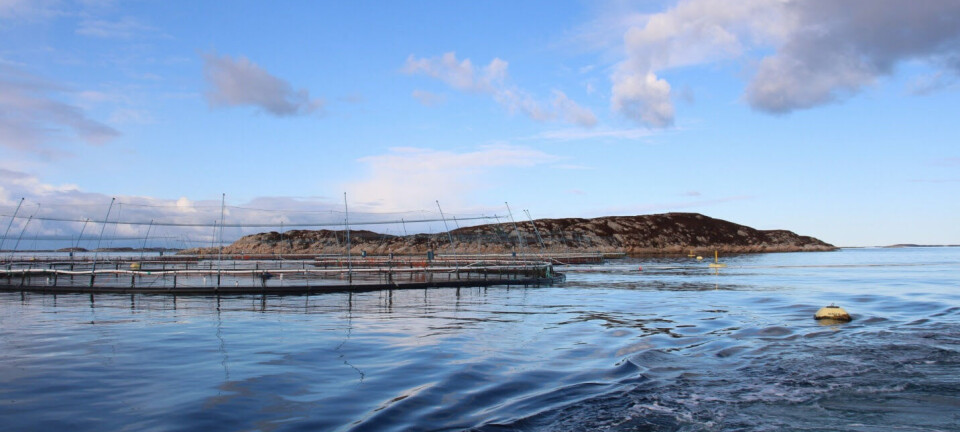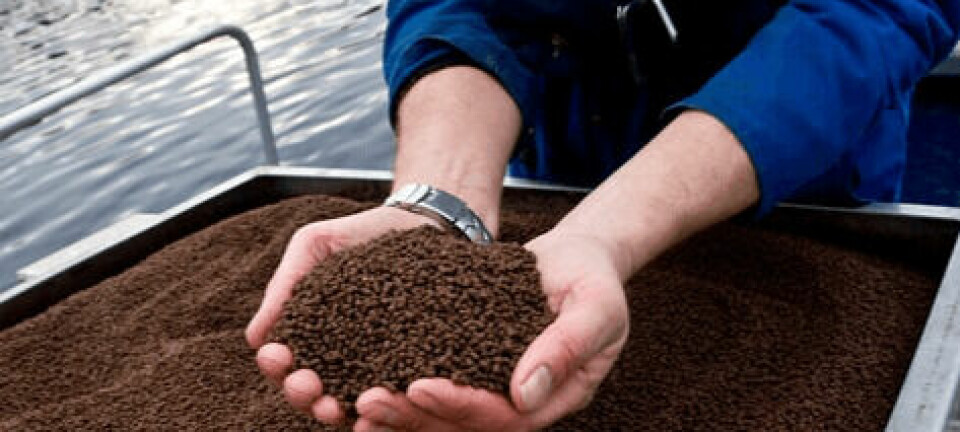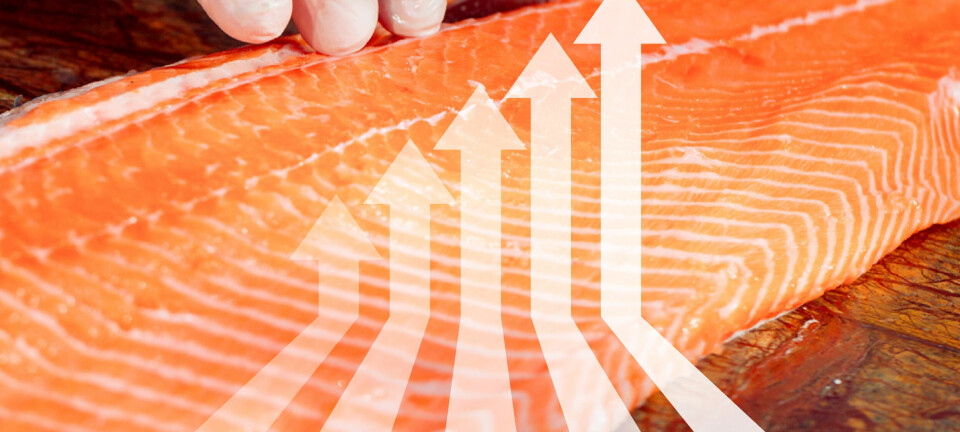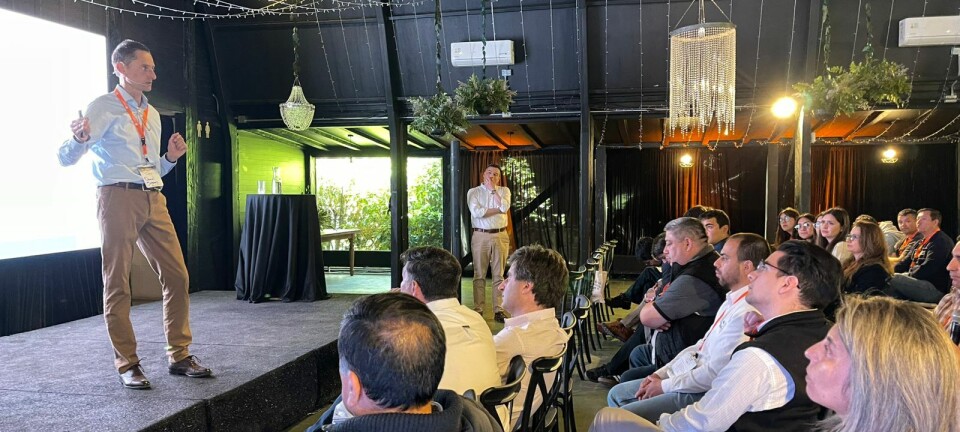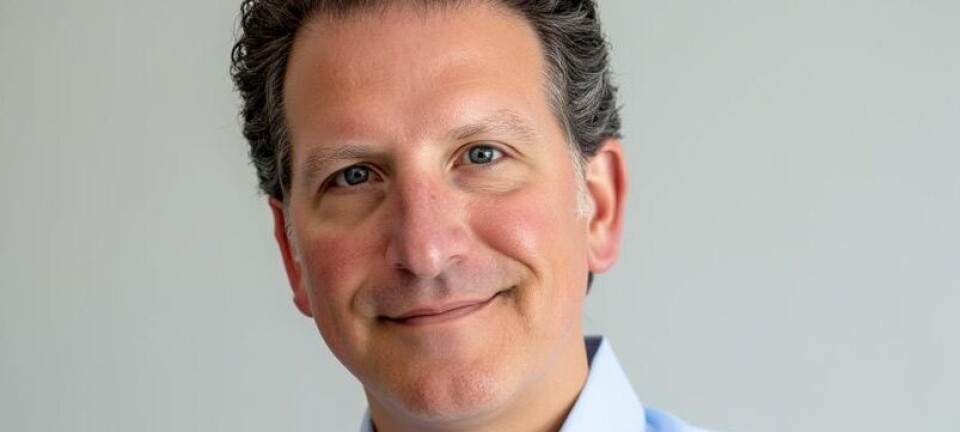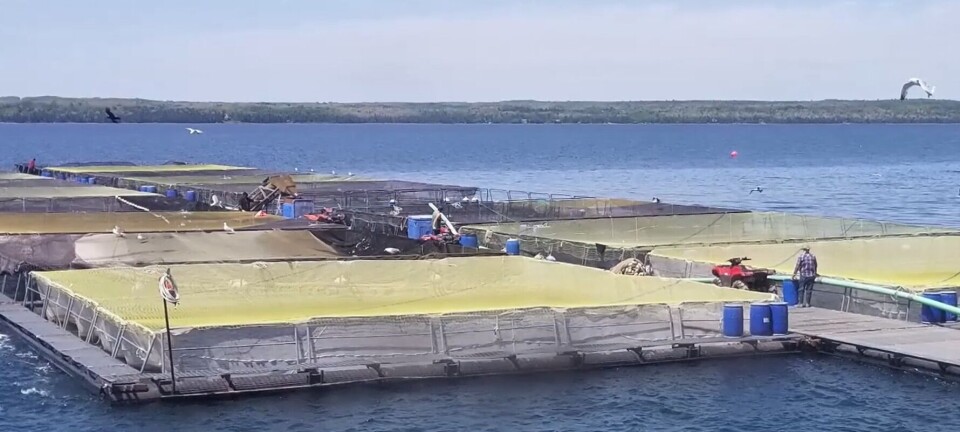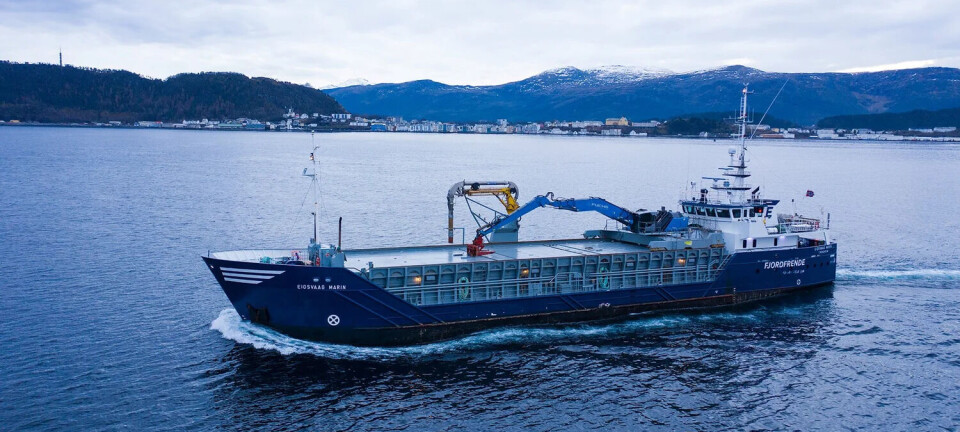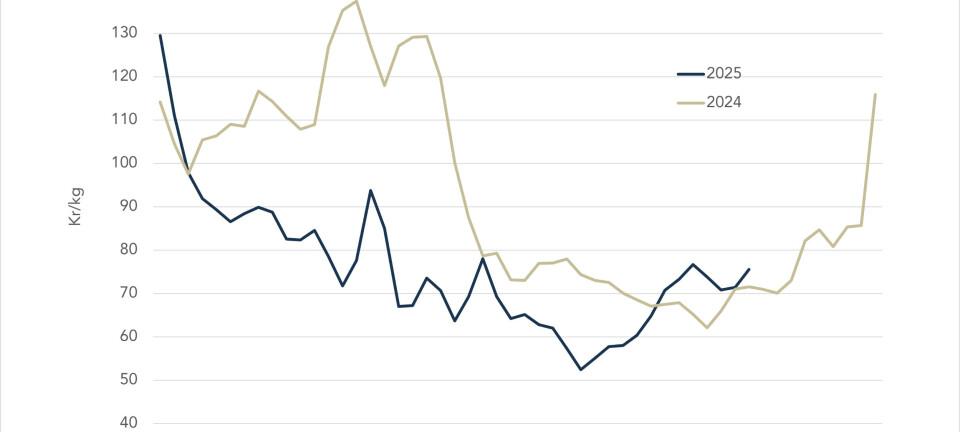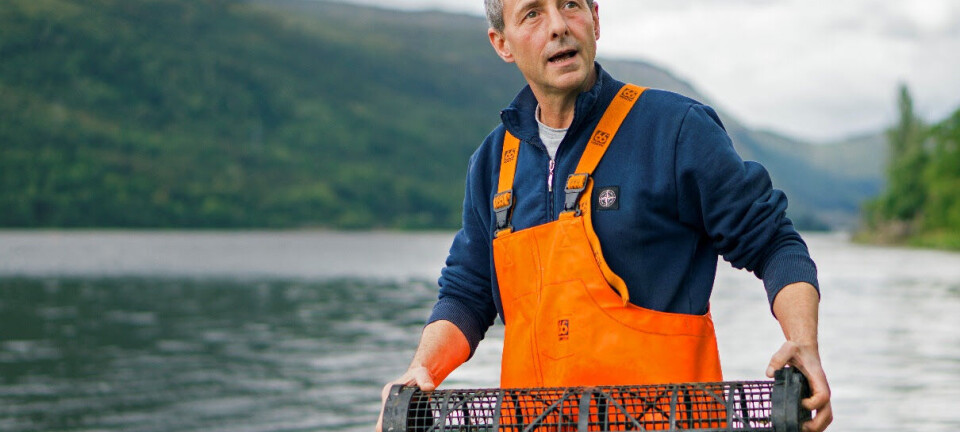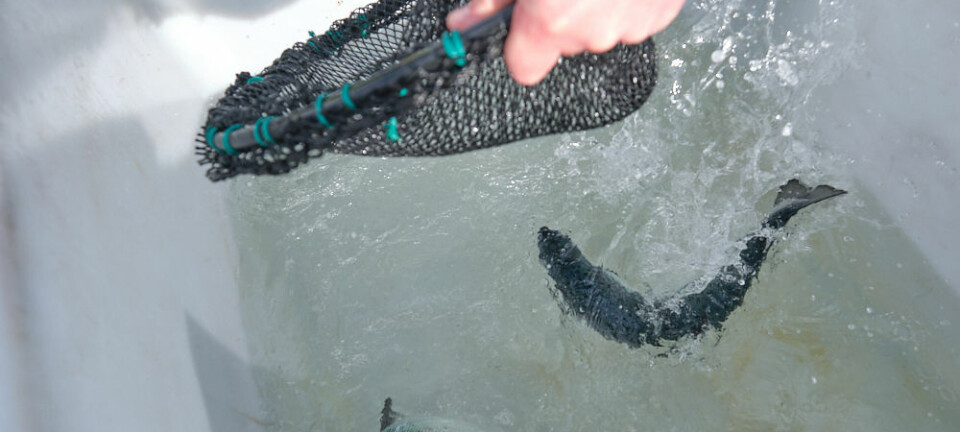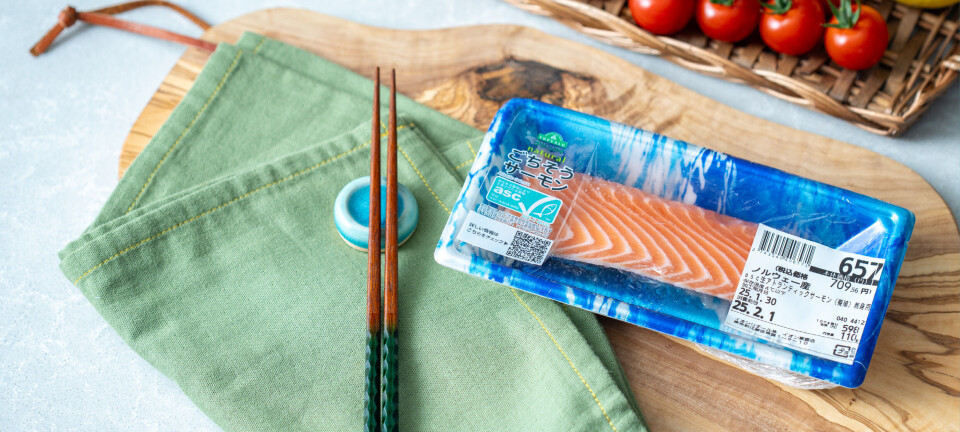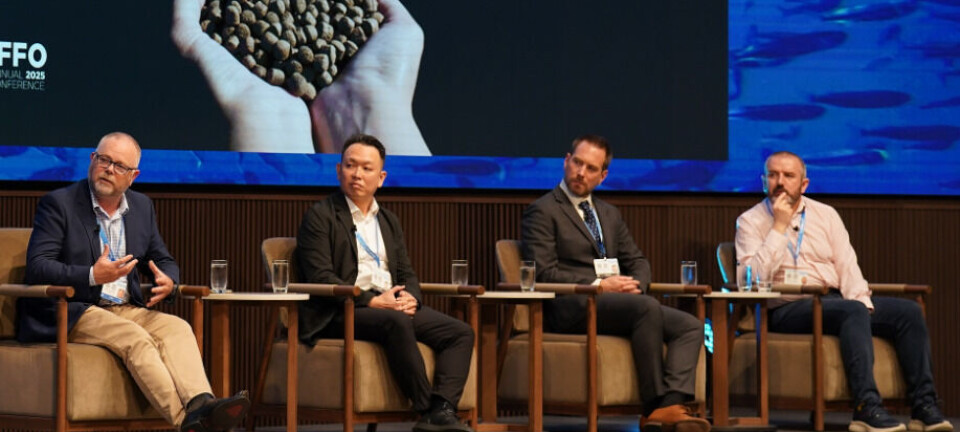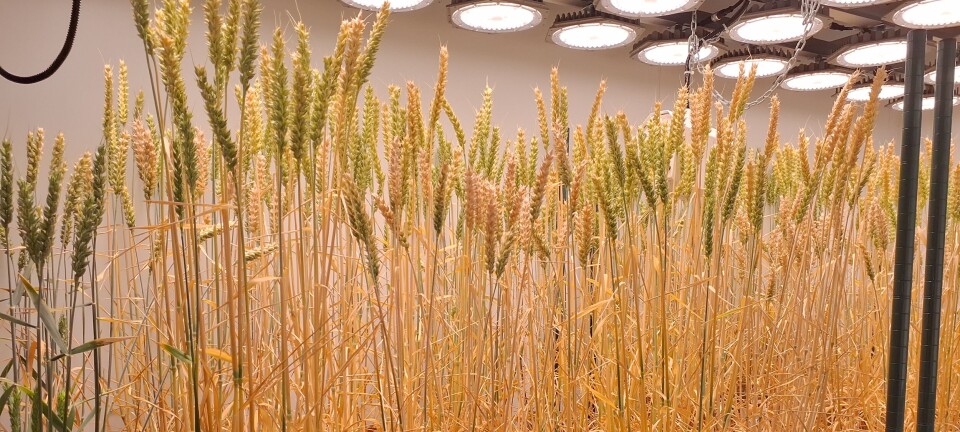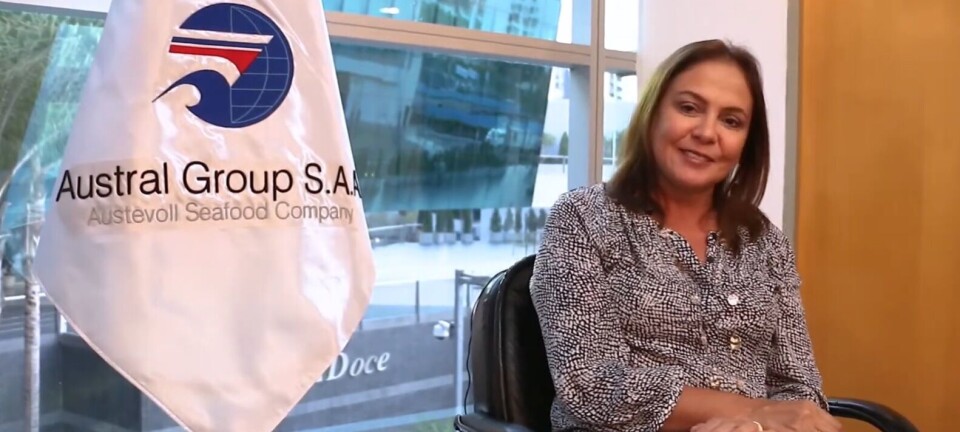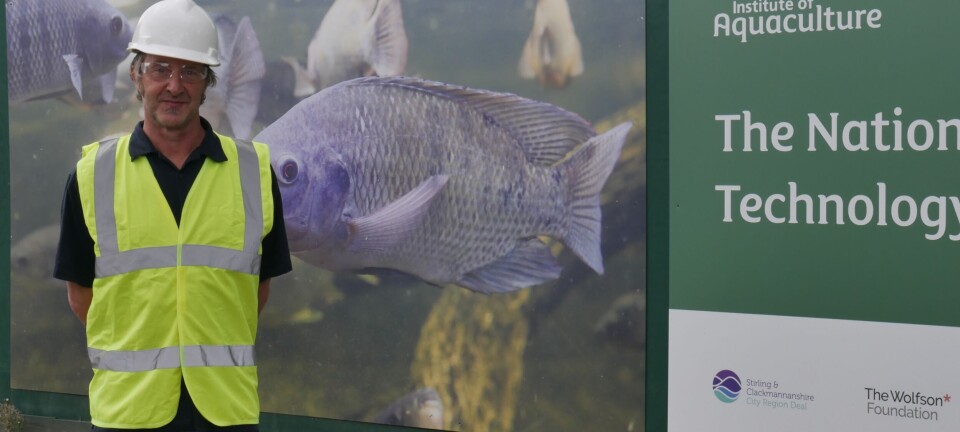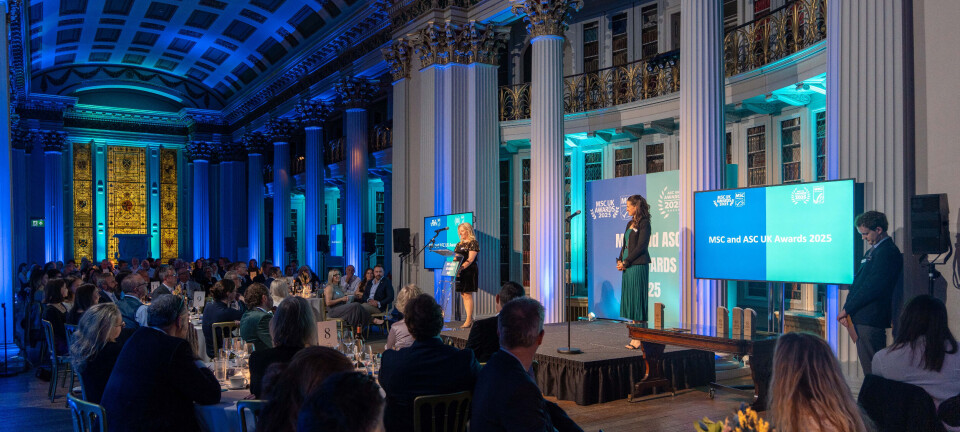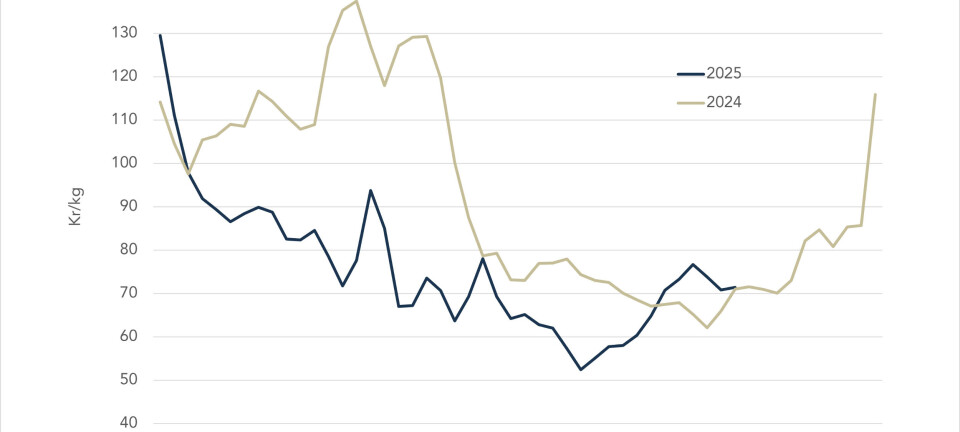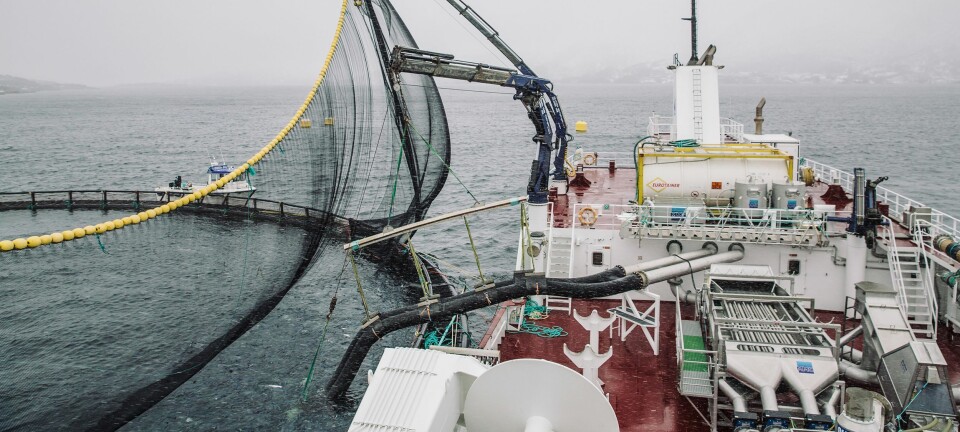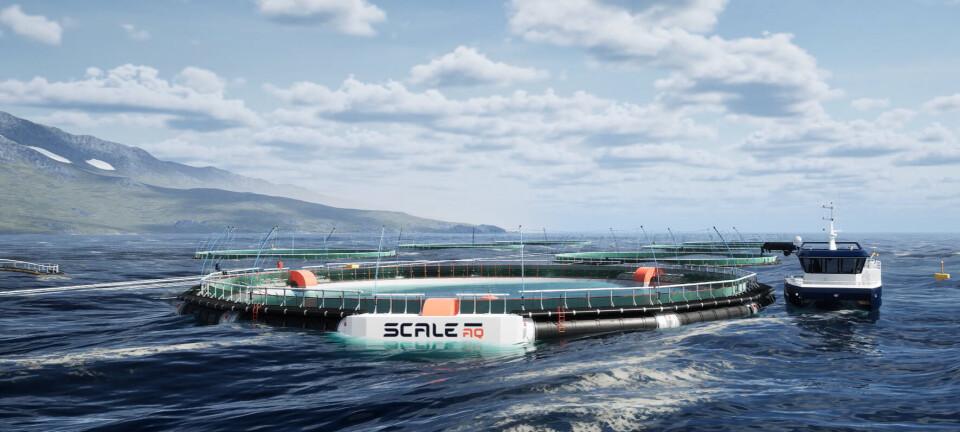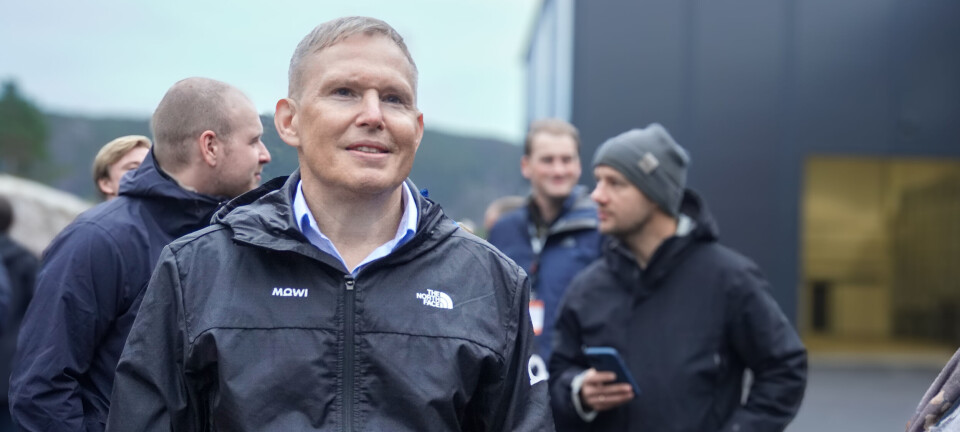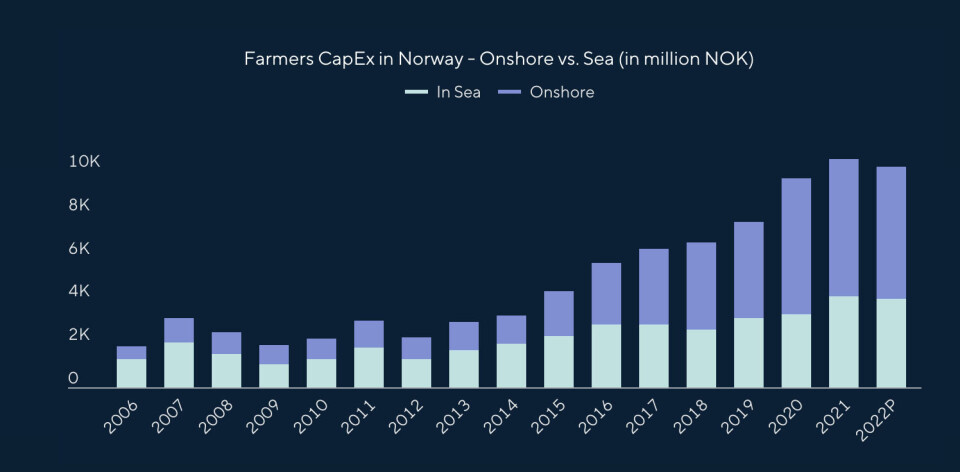
Lice-linked incentives 'could add 29,000 tonnes to Norway standing biomass'
But tax focus on sea phase may work against government's aims, warns Kontali
Recent cross-party agreement on fish farming rule changes in Norway mean that up to 29,000 tonnes of licensed biomass that have been removed or could potentially be taken away under the country’s ‘traffic light’ salmonid production limits (see panel) could be restored or retained through the adoption of closed containment and low-lice technologies, according to industry analyst Kontali.
That equates to a 2.5% increase in Norway’s Maximum Allowable Biomass (MAB). And when combined with expected gains through upcoming adjustments through the traffic light system in 2026 and 2028, total biomass growth in coastal farming could reach close to 7% before the new regulatory framework is implemented.
The forthcoming regulations are expected to create stronger incentives for environmental performance, including provisions to reward the adoption of low- and zero-lice technologies.
Degree of predictability
“The cross-party agreement brings a welcome degree of predictability to a sector that’s been grappling with regulatory uncertainty,” said Kontali’s chief analyst officer Philip Scrase in a press release.
“By linking future growth to environmental performance, particularly sea lice reduction, policymakers are signalling a more constructive and long-term approach. This gives producers and suppliers clearer incentives to invest in technology – but the real test will be whether the tax system evolves to support that transition.”
25% extra tax
Currently, fish farmers pay a 25% resource rent tax on the value added to their fish when they are growing in the sea. It means farmers can’t claim relief on that tax for the billions of kroner spent nationally on land-based smolt facilities, the phase before the sea phase.
The heavy taxation on the sea phase makes it less attractive for producers to invest in technologies that could directly address environmental issues, such as sea lice and mortality, during this key phase, said Kontali. These include larger post-smolt systems, closed-containment facilities, and semi-closed or submerged cages – all of which are core targets in the government’s own white paper.
NOK 40bn frozen
Producers have put on hold an estimated NOK 40 billion in planned onshore post-smolt facility projects, according to Kontali research and analysis. This is largely because 80-85% of profits only become visible – or taxable – during the sea phase, which is subject to the resource tax on top of standard profit tax. So, while the cross-party deal is welcome, with salmon farmers still likely facing a tax system at odds with the stated aim of the reforms, they may be left with no option other than reducing production or absorbing heavy capital expenditure and rising costs, argued Kontali.
“For the agreement to deliver on its full potential, environmental ambition must be matched by a supportive fiscal regime. Predictability is a critical step forward, but long-term success will depend on whether Norway can align its regulatory and fiscal frameworks to unlock investment in the technologies that make sustainable growth possible.”



